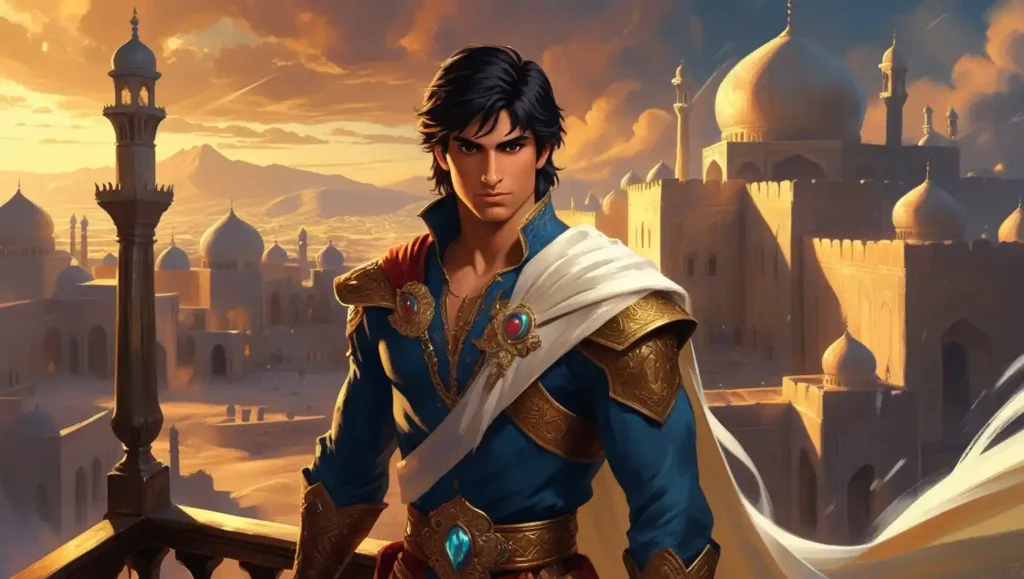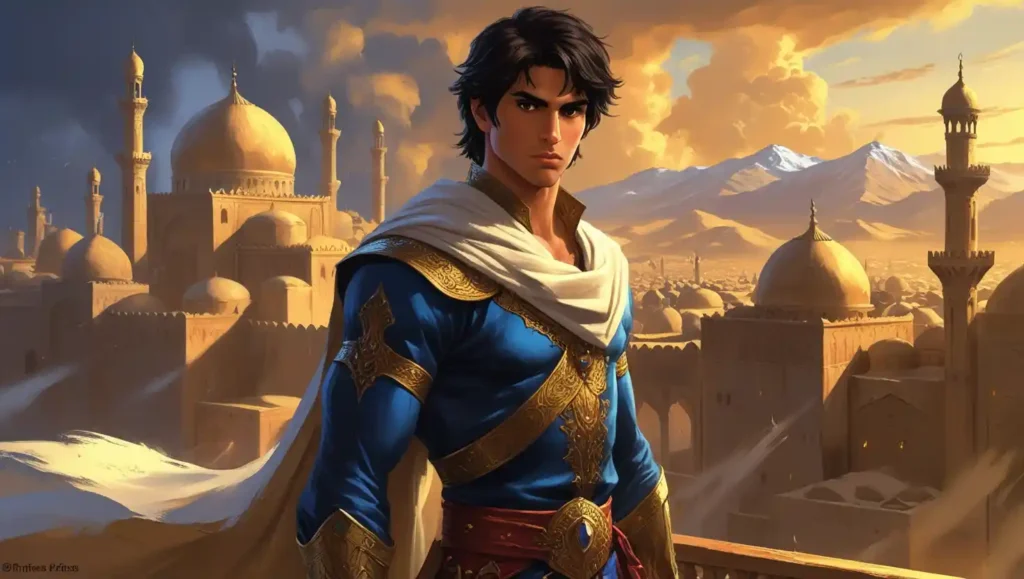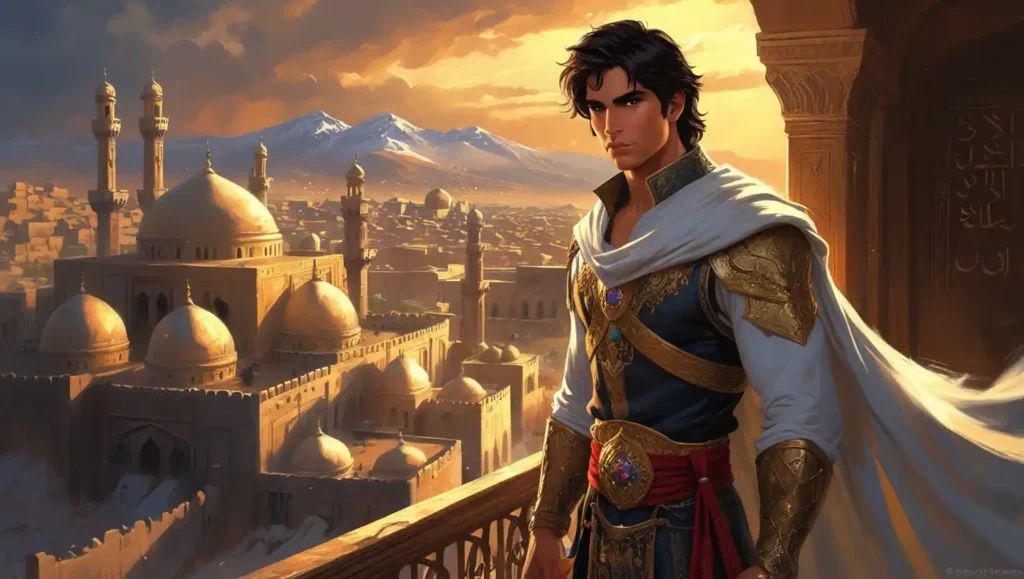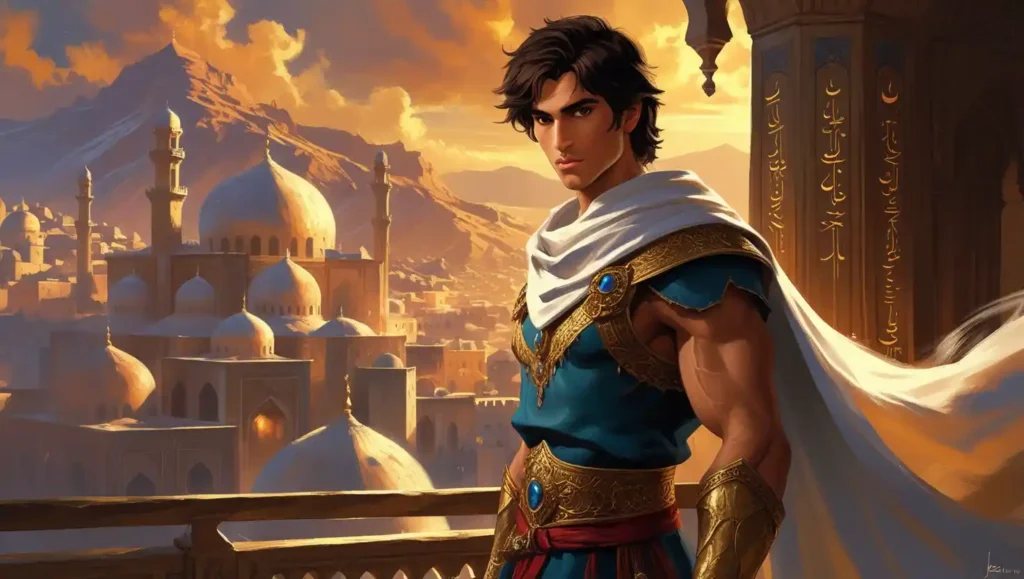Prince of Persia stands among the few video game franchises that managed to keep players captivated for more than three decades. The series started as a revolutionary platformer in 1989 and has evolved into its latest form with Prince of Persia: The Lost Crown. This remarkable experience showcases continuous innovation and reinvention.

Players have witnessed everything from groundbreaking rotoscoped animations to the time-bending mechanics of Prince of Persia: The Sands of Time. The 2008 reboot brought artistic reimaginings that pushed creative boundaries further. The franchise’s recent return to 2D roots demonstrates an intriguing mix of classic gameplay elements with modern design approaches.
This piece delves into Prince of Persia’s complete development, from its days as a game-changing platformer to its current status as a modern masterpiece. We’ll get into the technical innovations, creative decisions, and industry effects that have shaped this iconic series over the years.
The Birth of a Legend (1989-1999)
First
Looking back at gaming history, Jordan Mechner’s original Prince of Persia stands as proof of state-of-the-art game development. Mechner began what turned into a four-year trip to create something unprecedented in gaming right after graduating from Yale University in 1985.
Jordan Mechner’s Revolutionary Vision
The game’s origins stem from Mechner’s desire to bridge the gap between primitive graphics and lifelike animation. His vision extended beyond creating another platformer – he wanted players to feel a genuine connection with the character on screen. “I really wanted the character to feel human so that, as players, we would identify with the little guy running and jumping on the screen,” Mechner explained.
Groundbreaking Rotoscoping Animation
Mechner’s adaptation of rotoscoping for video games became the most striking breakthrough. The groundbreaking process worked like this:
- Filming his 15-year-old brother David performing actions in white clothing
- Capturing individual frames using a 35mm camera
- Manually tracing and digitizing each frame
- Converting the tracings into pixel-perfect animations
The results amazed everyone. “The moment I finally saw the character running across the screen, I got chills. As rough and pixel-y as it was, I recognized my brother’s way of running, his physical personality,” Mechner recalled.
Early Technical Innovations
The Apple II’s limitations gave birth to remarkable technical solutions. Memory constraints prevented adding new enemy characters, so Mechner created the iconic Shadow Man by simply XOR-ing the protagonist’s animations. This creative solution saved memory and became one of the game’s most memorable features.
The Apple II hardware’s growing obsolescence created many challenges. These limitations sparked creativity – Mechner’s team optimized every aspect of the game’s design. The ticking 60-minute clock added dramatic tension without using extra memory for additional lives.
The game found success through its ports to other platforms. Mechner considers the PC version the definitive edition. The Japanese Super Famicom version added new levels and enemies, creating what we now call a remaster.
The Sands of Time Revolution (2003-2005)
The year 2003 marked a defining moment in gaming history when Ubisoft Montreal released Prince of Persia: The Sands of Time. The team spent 36 challenging months to craft what would become one of the most influential games of the decade.

Redefining 3D Action-Adventure
second
The Prince evolved beyond a simple platforming hero and became a complex character who navigated a palace filled with deadly traps and sand-transformed monsters. The development team tackled major challenges with the Jade engine, which was built for Beyond Good & Evil. Their persistence paid off as they created a smooth blend of acrobatic platforming and combat that would shape a new era of action-adventure games.
Time Manipulation Mechanics
The Dagger of Time stood out as the game’s most innovative feature, bringing revolutionary time control abilities:
-
- Rewind: Players reversed time up to ten seconds to undo fatal mistakes
- Slow Motion: Players gained precise control during intense combat sequences
- Freeze Time: Players secured tactical advantages against powerful enemies
The rewind mechanic wasn’t just another gameplay feature – it came from the team’s desire to reduce frequent deaths and restarts. Jordan Mechner explained, “The rewind came first, very early. That was a gameplay desire: Wouldn’t it be cool to not have to die and restart so often?”
Effect on Gaming Industry
The Sands of Time left an indelible mark on future game design. The game’s success spawned two direct sequels: Warrior Within in 2004 and The Two Thrones in 2005. Many games would later follow the innovative blueprint of movement and time manipulation.
The team made a vital decision to keep the narrative grounded in a single location. This choice helped them tell a more personal story about the Prince’s growth from an arrogant youth to a mature hero. The game didn’t find immediate success, but it earned both critical acclaim and commercial success, selling 14 million copies. Today, it stands as one of the greatest games ever made.
Experimental Era and Reboot Attempts
The Sands of Time trilogy’s success led Ubisoft to take bold steps in reimagining the Prince of Persia series. These experimental years changed our view of what a Prince of Persia game could become.
2008 Artistic Revolution
third
Ubisoft Montreal showed their artistic vision in 2008 with a new Prince of Persia. The team chose a stunning cel-shaded art style over photorealism, making every frame look like hand-drawn artwork. “We wanted to remain very close to the 2D concept art, keeping the essence of their artworks in the 3D world,” the developers explained.
The game broke away from linear paths with an open-world structure. Combat mechanics transformed into a rhythm-based system that valued fluidity over complexity. These changes sparked controversy, yet no one could deny the game’s bold artistic achievement.
Mobile Gaming Ventures
The franchise expanded to mobile platforms through Gameloft partnerships. Notable mobile releases included:
- Prince of Persia Classic (2007)
- Prince of Persia (2008)
- Prince of Persia Retro (2010)
- The Shadow and the Flame (2013)
Learning from Failed Experiments
The attempted remake of The Sands of Time taught us the most important lesson from this era. The project, announced in 2020, faced multiple delays before a complete reboot. “Since we took over the project, we’ve been looking at feedback from the community and finding our own way of delivering the game,” explained producer Jean-Francois Naud.
Innovation comes with risks. The 2008 reboot’s artistic achievements didn’t bring the commercial success Ubisoft wanted. But these experiments weren’t failures – they became valuable lessons that shaped future developments. The 2008 release’s focus on fluid movement and artistic expression later influenced The Lost Crown’s visual direction.
This period showed us that expanding possibilities is vital, yet keeping the core spirit of Prince of Persia – masterful movement’s satisfaction and adventure’s thrill – remains key to the franchise’s success.
Modern Renaissance (2020-Present)
The Prince of Persia franchise is experiencing an exciting rebirth that blends fresh ideas with cherished traditions. Two distinct projects showcase Ubisoft’s steadfast dedication to excellence.
Return to 2D Excellence
Prince of Persia: The Lost Crown marks a triumphant return to the series’ 2D origins. Ubisoft Montpellier’s expertise in 2D platform games shines through in this masterful blend of classic platforming and modern design. Players can now use memory shards to photograph specific locations and mark them on their maps.
The team drew inspiration from tricking – an acrobatic sport that combines martial arts, dance, and free running. This influence shows in the game’s smooth performance that runs at 60 frames per second on every platform.

Accessibility Innovations
Modern Prince of Persia titles feature groundbreaking accessibility options that make the game more inclusive. The Lost Crown brings several new features:
- Guided Mode to navigate objectives clearly
- High Contrast Mode with three color presets
- Customizable controls and combat assists
- Memory Shards to improve navigation
- Multiple difficulty levels
These features were part of the core design from day one. The development team stated, “Since the beginning, we wanted to do a modern game that can be enjoyed by the largest number of people”.
New Technical Achievements
Both current projects showcase remarkable technical advances. Ubisoft Montreal’s Sands of Time remake uses the latest version of the Anvil engine from scratch. The team focuses on creating what they call “the poetic odyssey” by enhancing visual and sound immersion while staying true to the original’s artistic vision.
The Lost Crown proves its technical excellence by reaching 4K/120fps on next-gen consoles. The game breaks new ground by using motion capture technology in 2D animation – a first for the series.
The development team works closely with cultural experts and advisers to represent Persian heritage and stories authentically. This dedication goes beyond esthetics – it expands possibilities for new audiences while honoring the series’ rich legacy.
Future of the Franchise
The Prince of Persia franchise continues to grow with several exciting projects under development. Ubisoft shows its dedication to both state-of-the-art features and traditional elements across various gaming formats.
Upcoming Projects and Remakes
fourth
The Mask of Darkness DLC for Prince of Persia: The Lost Crown will release in September 2024. Players can now enjoy 22 expert challenges added through the Divine Trials update. The remake of Prince of Persia: The Sands of Time will arrive in 2026, and we’re happy to see its progress.
Multiple studios contribute to development:
- Montreal (lead development)
- Toronto, Bucharest, Paris, and Pune (supporting development)
Technology and Innovation
New releases showcase remarkable technical progress. The Memory Shards feature in The Lost Crown has become so popular that developers want it to become standard in future Metroidvania games. This system lets players take photos and mark map locations, making exploration more accessible and engaging.
Developers are rebuilding The Sands of Time remake with the latest version of the Anvil engine. “We are literally remaking that game with modern techniques and know-how,” says the development team. They focus on keeping the original’s essence while modernizing combat and storytelling.
Community Expectations
The community’s response to different game formats has changed interestingly. Some players questioned The Lost Crown’s 2D approach at first. Yet its success proves that Prince of Persia can thrive beyond third-person, big-budget adventures. Players can adjust everything from timing to damage scales through custom difficulty settings.
The development team’s commitment to accessibility and state-of-the-art features has led to success. The Lost Crown earned critical acclaim and set new standards for the genre. Persian cultural authenticity remains crucial, with cultural advisers and specialists now essential to development.
The franchise heads toward strategic diversification. Future releases might use an anthology-style format instead of connected narratives like many modern games. This approach lets each game tell its complete story while keeping the series’ core elements of platforming excellence and innovative gameplay mechanics.

Conclusion
Prince of Persia exemplifies how gaming franchises can evolve without losing their essence. The series has come a long way in three decades, from Mechner’s groundbreaking rotoscoped animations to the stunning modern interpretation in The Lost Crown. Each new version has introduced fresh elements – from time manipulation mechanics to artistic innovations and accessibility features.
The franchise’s revival brings excitement to fans everywhere. Ubisoft has multiple projects under development, including The Sands of Time remake and upcoming DLC for The Lost Crown. Their dedication to technical excellence and cultural authenticity ensures these games honor their Persian heritage while redefining the limits of gaming.
This perfect mix of tradition and innovation has kept Prince of Persia relevant for 35 years. The series demonstrates how classic gaming principles naturally blend with modern design approaches to create experiences that appeal to both longtime fans and newcomers.

Leave a Reply